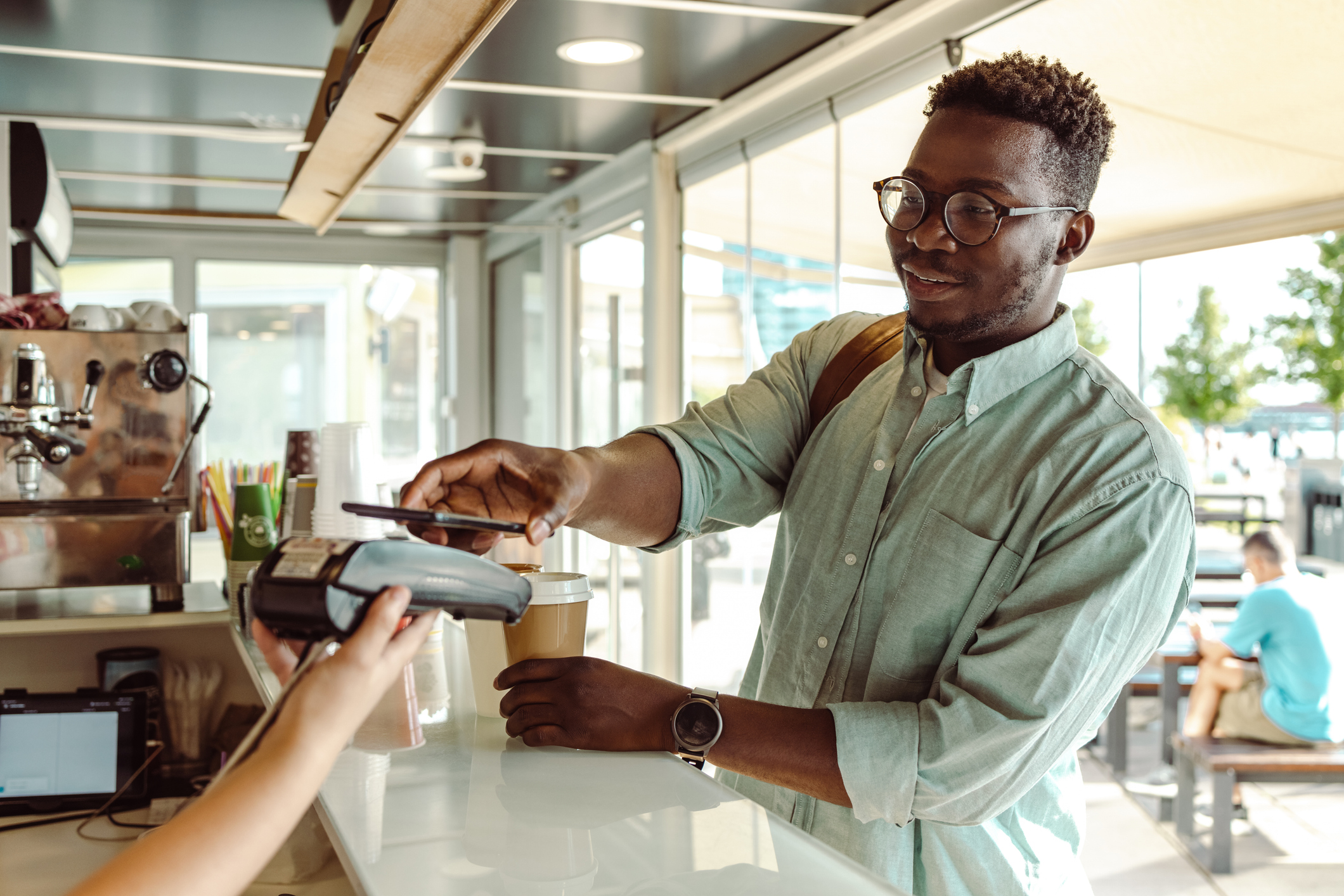Return To Retail

Posted on: Monday Jun 15th 2020
Article by: Michele Cunningham
Canadians’ thoughts on returning to in-person shopping vary widely. In a recent poll, 29 percent say they expect to return to bricks and mortar stores
“as soon as possible once restrictions are lifted.”
A further 33 percent, more cautiously, predict a return to shops
“at least within three months of the restrictions being lifted.
”
This leaves roughly four in ten customers who plan to hold off on in-store shopping for the foreseeable future. Were they already hesitant consumers before the pandemic struck? Are they generally more fearful than others, likely to be overwhelmed by uncertainty?
Who’s reluctant to return to in-store shopping and why?
The four in ten shoppers who are most uncertain about returning to brick and mortar shops are:

IN-CONTROL CONSUMERS
They like to feel organized and on top of things. They are motivated by personal control and have strong sense of adaptability to complexity, are interested in voluntary simplicity: simpler needs are easier to meet.

CAUTIOUS CONSUMERS

KEEN CONSUMERS
This combination of values and behaviours suggests these Canadians are adaptive navigators who have adjusted their retail habits to fit the current circumstances, turning to solutions like online shopping, curbside pick-up, and food delivery services. Now that they have new systems that work – for daily necessities and for retail therapy – they feel little urgency about returning to physical shops.
What does this mean for retailers?
Will these four in ten Canadians really stay away from in-person retail for as long as they say they will? Only time will tell. But this is a large enough – and keen enough – proportion of shoppers that it’s worth doing some near-term thinking to consider how to strengthen relationships with them for the long term.
Engage consumers by appealing to their distinct values.
A one-size-fits-all approach won’t be effective when consumers’ already diverse fears, expectations and worldviews have been magnified by the pandemic. Proactive, targeted communication can reassure customers that you understand them and are ready to meet them where they are. Clarity and transparency about your operations can also help to build confidence.
Customers are going to expect flexibility.
While e-commerce was commonplace before COVID-19, the crisis has sparked a lot of fast and creative adaptation from retailers, and consumers have responded positively. Changes that impressed at first will quickly become taken for granted; a true and viable omni-channel approach will become even more important to maintaining customer engagement. Customers will be looking for satisfying e-commerce experiences: think virtual show rooms, catalogues, social media shopping.
Understand the customer experience and how it’s changing – and get ready to adapt.
The shopping experience was changing before the pandemic hit, and recent public health restrictions have caused further turbulence: increased activity online, dramatically different in-store experiences due to physical distancing, and altered transaction patterns (e.g., call-ahead orders for pickup). Consumers’ preferences and expectations may be changing week by week as restrictions tighten and loosen, and as they try out new offerings in person and online. Retailers can benefit from understanding how consumers are functioning in these new-to-them environments, and how their thinking about the ideal shopping experience is evolving. These insights can help retailers ensure a consistent, optimized shopping experience that transcends channel. Consumers may be patient (and forgiving) during the transition, but they tend to move away from poor experiences in the long term. Gather feedback from customers early and often during reopening – and be prepared to adapt to needs that may not yet be identified.
Reimagine your space and real estate requirements.
We know many consumers moved online during the pandemic, and one-third of Canadians predict they will make this a permanent change. The implications of this shift are not yet clear. Will it mean the end of large, expensive retail footprints? Will it create opportunities to diversify real estate assets: more inexpensive warehousing distribution facilities, combined with more intimate shopping environments? Understanding how your customer segments have adapted to COVID-19, and how well those adaptations have suited them, may help to anticipate what they’ll expect from retailers in the years ahead.
Time to think
Which adaptations made during the pandemic are sustainable or promising, and which are quick fixes that are best left behind?
What kind of customer experience were they delivering – both online and in-store – before and during the pandemic, and what do they want to aim for as the new normal takes shape?
The right size footprint for their retail operations. For example, is more space required for social distancing, or is now the time to pivot to less retail space, and more flexible warehousing and inventory management?
Businesses that use segmentation insights to develop thoughtful answers to questions like these will be well-positioned to weather the current crisis, and truly thrive when good times return.
For more information on this article or to discuss how Social Values can help your business, contact
Michele Cunningham
or
Susan Seto
.
Tags:
More Articles

Industry Trends
Part 2: The Doorway Is Built. Now Comes The Permission.
12/10/25
Bernice Cheung

Industry Trends
Part 1: EQ Bank + PC Financial Isn’t Just a Deal. It’s a Doorway.
12/10/25
Bernice Cheung

Thought Leaders
Generosity in 2025: How Giving Is Evolving This GivingTuesday
12/02/25
Annika Jagmohan

